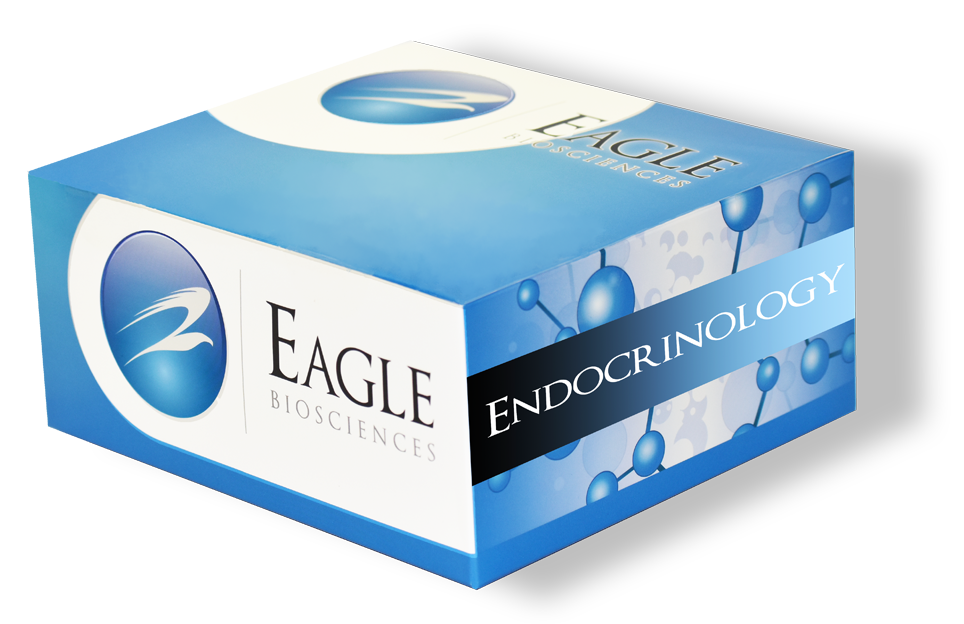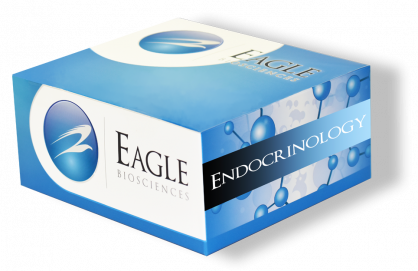Insulin Autoantibodies ELISA Kit
Insulin Autoantibodies ELISA Kit Developed and Manufactured by Medipan
Size: 1×96 wells
Sensitivity: 0.08 U/ml
Dynamic Range: 0.1 – 20 U/mL
Incubation Time: 90 minutes
Sample Type: Serum
Sample Size: 5 µL
Alternative Names: IAA ELISA, Insulin Auto Antibody ELISA, Human IAA ELISA
For Research Use Only
Calibration
The Insulin Autoantibodies ELISA Kit is artificially calibrated and concentrations of IAA are therefore expressed in U / ml.
Linearity
On the basic of the heterogeneous nature of the autoantibody population and in view of epitope specificity and affinity of the autoantibodies the theoretical values expected by dilution with IAA free human serum do not correspond with the measured concentrations in some cases.
Scientific Background
Type 1 diabetes, also known as insulin-dependent diabetes mellitus (IDDM), results from a chronic autoimmune destruction of the insulin-secreting pancreatic beta cells, probably initiated by exposure of genetically susceptible host to an environmental agent. Autoimmune destruction of beta cells is thought to be completely asymptomatic until 80-90% of the cells are lost. This process may take years to complete and may occur at any time in all ages.
The presence of Insulin autoantibodies (IAA) in samples never treated with insulin, as opposed to insulin antibodies (IAb), is an evidence of an ongoing destruction process of pancreatic beta cells in type 1 diabetes. IAA are particularly important when determining type 1 diabetes risk since their prevalence is significantly elevated in subjects developing the disease in childhood and moreover, they are often the first autoantibodies to be detected before onset of the disease. The prevalence of IAA is inversely correlated with the age of diagnosis.
In type 1 diabetics with recent onset of the disease in the age < 5 years IAA can be determined in > 90 % of the samples, whereas in type 1 diabetics in the age > 20 years the prevalence of IAA is < 20 %. The IAA measurement, together with that of antibodies to glutamic acid decarboxylase (GAD65 Ab), protein tyrosine phosphatase-like antigen IA2 and Islet cells antigens (ICA) forms the basis of current strategies for predicting future onset of type 1 diabetes. In addition to autoantibodies to human insulin, antibodies induced by insulin treatment can be frequently found. Such antibodies occur at much higher concentration and are mainly directed against de-natured (incorrectly folded) fraction of applied insulin. This may lead to formation of antigen-antibody-complexes and by this reducing of the activity of the injected insulin. Measurements are necessary to obtain an optimal disease management when applying insulin.


